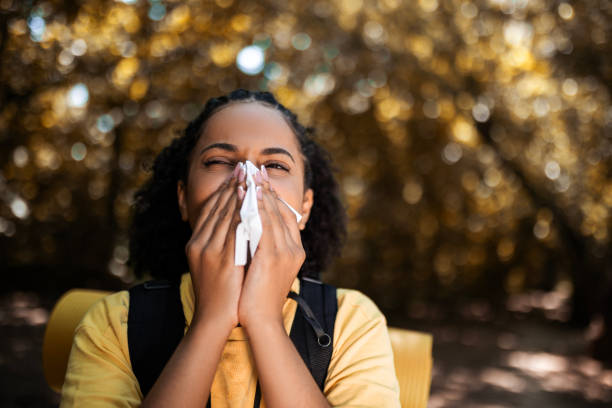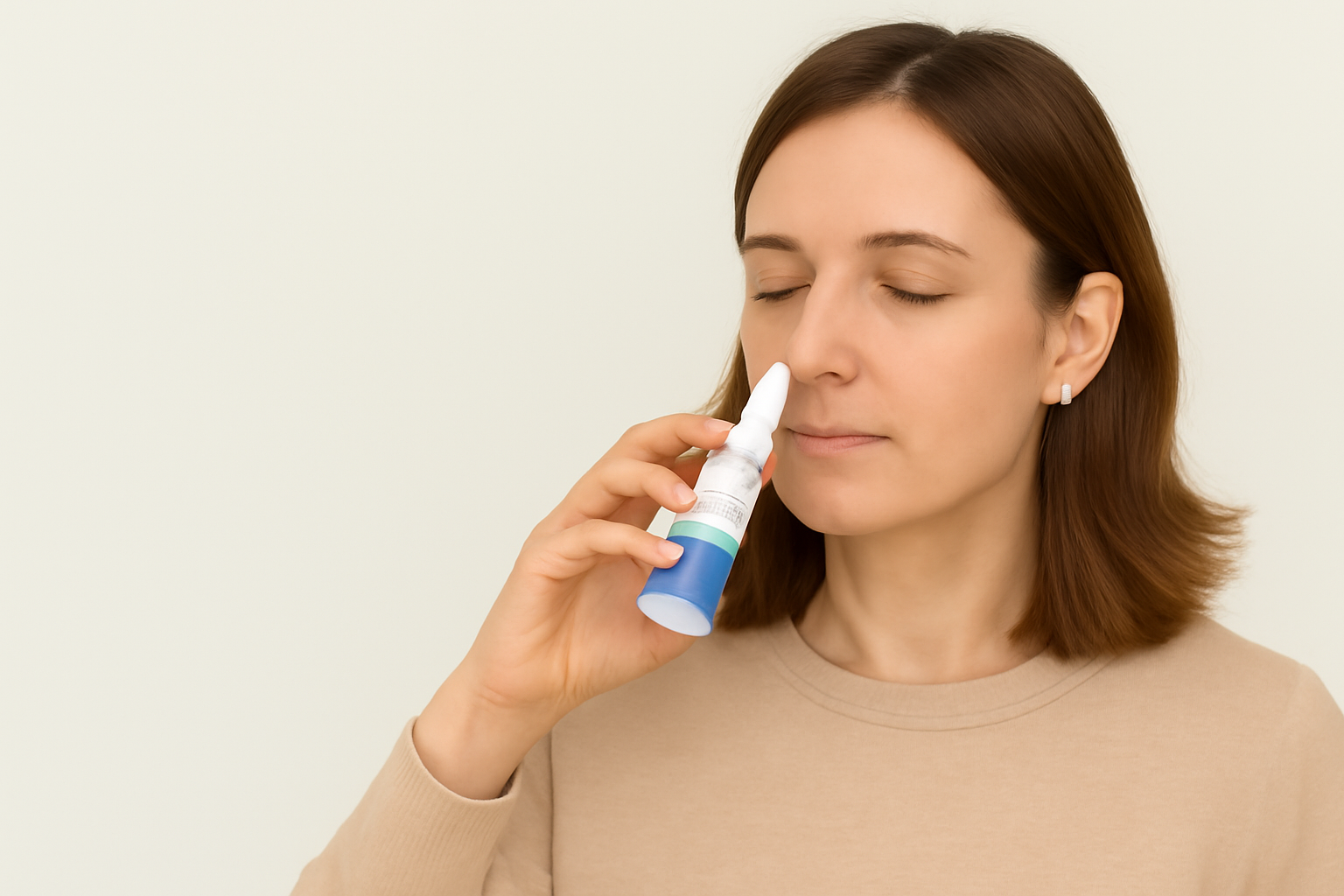What the Study Tested
Researchers from the International Forum of Allergy & Rhinology looked at how 0.5% PVP-I (the concentration used in many nasal sprays) affects:
- The integrity of the nasal epithelial barrier
- Cilia function, which is essential for clearing mucus and pathogens
- Overall cell health and survival
They used human nasal epithelial cells (HNECs) grown in a lab to mimic the real nasal environment and applied the PVP-I in a way that simulated typical nasal spray use.
Key Findings
- No significant barrier disruption: The nasal lining remained intact after exposure.
- Cilia kept functioning: The beating of cilia—tiny hair-like structures that help clear mucus—was not significantly reduced.
- No increase in cell death: The cells survived just fine after exposure to the 0.5% PVP-I solution.
Why This Matters
Safety at the cellular level is a foundational concern when it comes to repeated nasal spray use. If a product weakens your nasal defenses or kills off protective cells, it may do more harm than good. This study confirms that at standard concentrations, PVP-I doesn’t cause harm to healthy nasal tissue—at least in vitro.
That’s a green light for more clinical testing and gives confidence to people considering PVP-I sprays for prevention or post-exposure care.
Final Thoughts
The results are clear: 0.5% povidone-iodine appears safe for your nose. While in vitro findings need to be confirmed by long-term human trials, this study provides strong early evidence that using PVP-I as a nasal spray is not only effective—but also gentle on your nasal tissue.
If you're thinking about incorporating a PVP-I spray into your routine, you can rest a little easier knowing it’s unlikely to damage your nasal lining or interfere with your body's natural defenses.
Read the full study here: In Vitro Safety Evaluation of a Povidone-Iodine Solution on Human Nasal Epithelial Cells






.png)